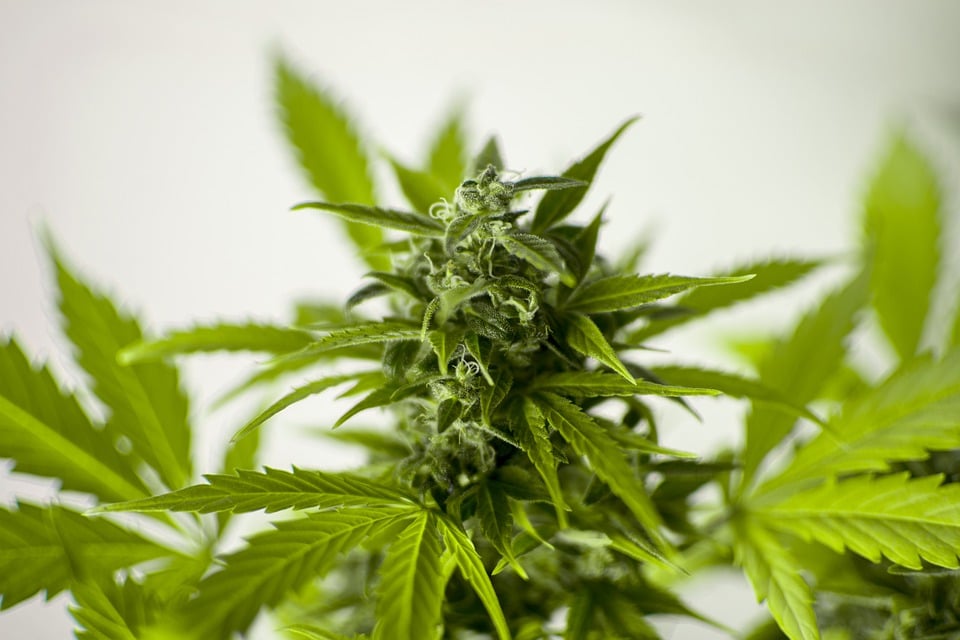Two cannabis compounds, CBD (cannabidiol) and CBG (cannabigerol), could potentially provide pain relief and expedited healing for bone fracture patients, according to researchers from Penn State University. Their findings suggest a potential revolution in bone fracture treatment.
NSAIDs not effective in fracture healing
Annually, over 178 million individuals globally experience bone fracture injuries, and the existing pain management techniques, often involving nonsteroidal anti-inflammatory drugs (NSAIDs), have inherent limitations.
Reyad Elbarbary, an associate professor specializing in orthopedics and rehabilitation at Penn State College of Medicine and the primary author of the research said that NSAIDs, despite their pain-relieving capabilities, impede the vital initial phase of fracture healing, known as inflammation.
NSAIDs can assist individuals in pain management and they also have the effect of diminishing inflammation, a pivotal initial stage in the process of fracture recovery. Elbarbary stated that there is a need for an alternative approach to pain management that does not impede the natural occurrence of inflammation.
Cannabinoids effective as NSAIDs in pain management
in a groundbreaking study, Penn State scientists investigated the pain-relieving properties of CBD and CBG in mice, focusing on their effects on fracture healing and pain management. The study revealed that cannabinoids were as effective as NSAIDs in managing pain and surprisingly showed a positive impact on the fracture healing process. Advanced techniques like immunofluorescence microscopy, microcomputer tomography imaging, and biomechanical testing were used to thoroughly analyze bone density, strength, and gene expression related to fracture healing.
In the initial treatment phase, CBD and CBG promote the presence of periosteal bone progenitors, which eventually become specialized bone cells crucial for bone tissue formation. In the later stages of healing, these cannabinoids enhance mineral absorption, strengthening newly formed bone. This leads to higher bone volume fraction and mineral density compared to NSAID treatments, contributing to functional and healthy newly formed bone.
Future research will explore the cellular and molecular processes underlying these effects and work on developing a suitable clinical formulation for adult fracture patients, building on the FDA’s approval of CBD for childhood seizures.


